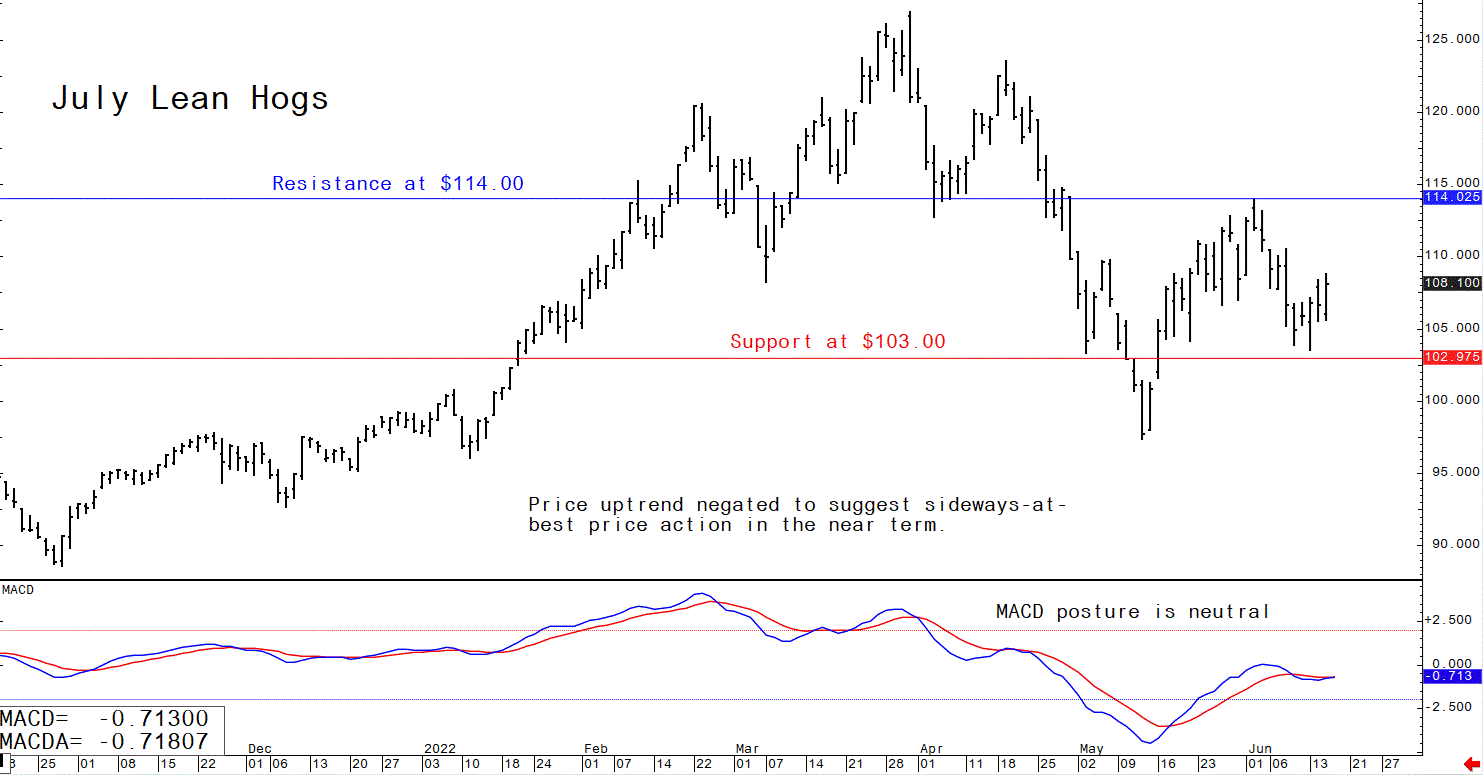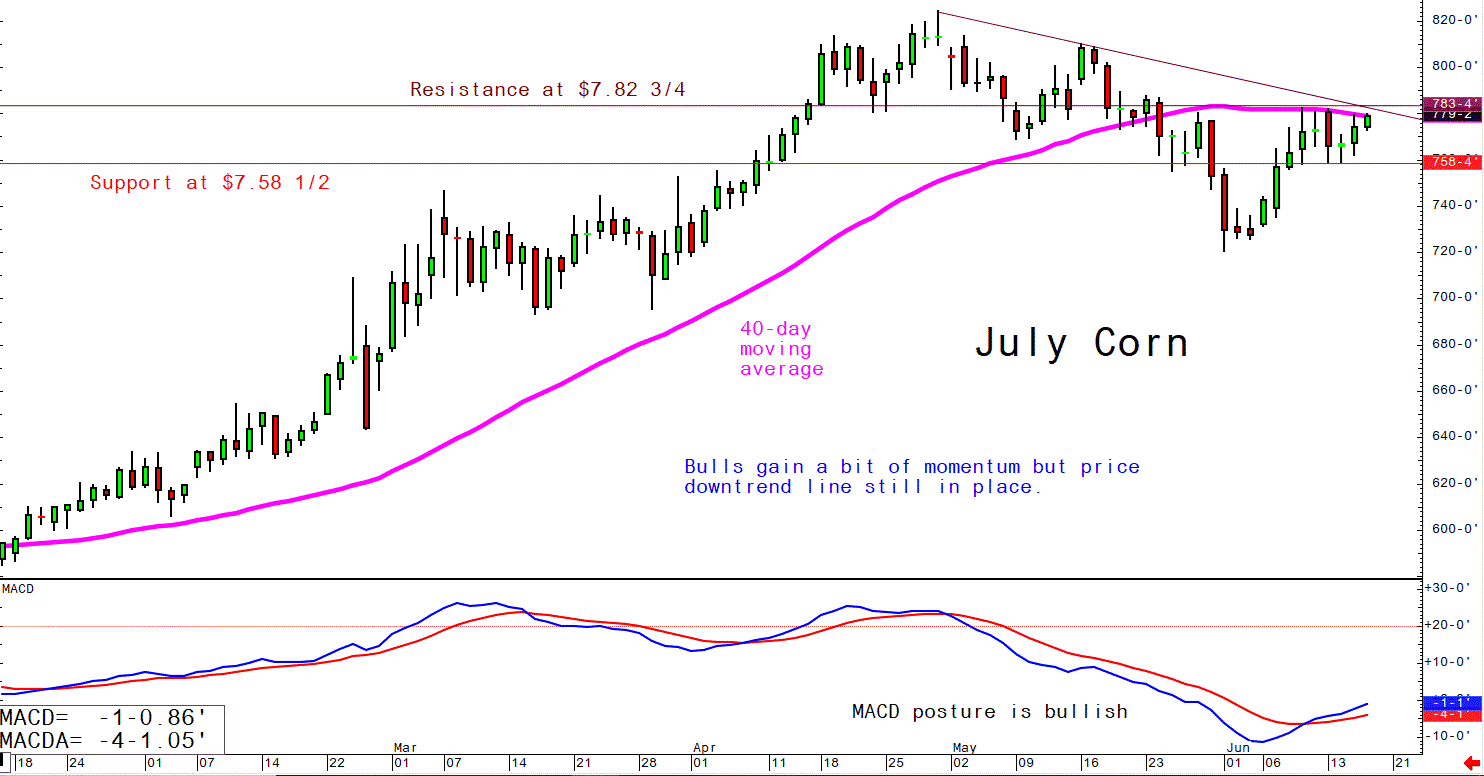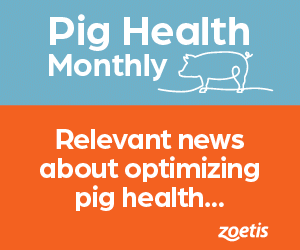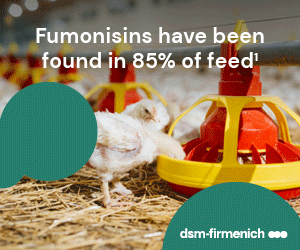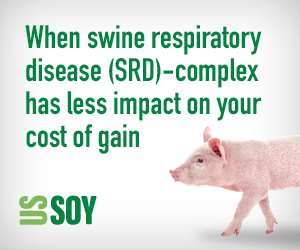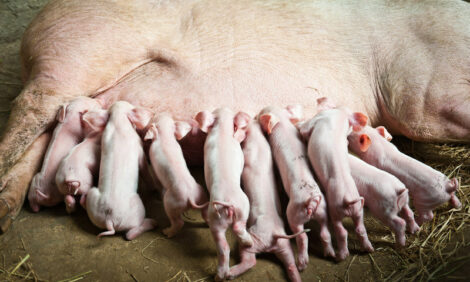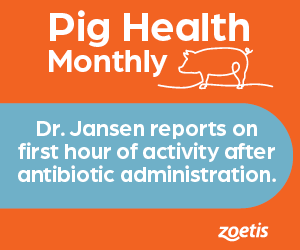



Pig outlook—June 16: Lean hog bulls continue to struggle
Analyst Jim Wyckoff shares an update on the US futures market, USDA reports and global swine newsThe pig traders’ perspective: The lean hog futures bulls were able to stop the downside price bleeding this week. However, they have not shown the power to start a price uptrend on the daily chart. That suggests more choppy and sideways trading in the near term. Summer-month hog futures have narrowed the price gap with the CME cash hog index. But with the cash market continuing to strengthen, July hogs remain at a slight discount, while August hogs are more than $4 below the cash index. High beef prices at the US meat counters may limit the downside for the hog futures and cash markets, as consumers seek to save some money amid record high gasoline prices.
Latest US Department of Agriculture (USDA) reports, and other news
US pork export sales improve, beef near steady
USDA Thursday morning reported US pork net sales of 27,600 MT for 2022 were up 65 percent from the previous week and 1 percent from the prior 4-week average. Increases were primarily for Mexico (14,700 MT, including decreases of 200 MT), China (3,800 MT, including decreases of 200 MT), Japan (3,700 MT, including decreases of 200 MT), Colombia (2,400 MT), and South Korea (1,700 MT, including decreases of 200 MT). Exports of 27,800 MT were up 14 percent from the previous week, but down 7 percent from the prior 4-week average. The destinations were primarily to Mexico (12,800 MT), China (3,700 MT), Japan (3,500 MT), South Korea (2,700 MT), and Colombia (1,500 MT).
US beef net sales of 17,400 MT for 2022 were down 2 percent from the previous week and 12 percent from the prior 4-week average. Increases were primarily for Japan (5,200 MT, including decreases of 600 MT), China (4,600 MT, including decreases of 100 MT), South Korea (3,500 MT, including decreases of 600 MT), Mexico (1,900 MT), and the Netherlands (400 MT). Exports of 19,800 MT were up 14 percent from the previous week and 7 percent from the prior 4-week average. The destinations were primarily to Japan (5,100 MT), South Korea (5,000 MT), China (4,000 MT), Taiwan (1,100 MT), and Canada (1,000 MT).
China’s sow herd increases in May
China’s sow herd at the end of May was larger than in April, its first monthly increase in a year, an ag ministry official said. The sow herd rose 0.4% in May to 41.92 million head but was still 4.7% smaller than a year ago. Chinese hog producers have been liquidating sows over the past year amid poor production margins.
China to buy more pork for state reserves
China will buy 40,000 MT of frozen pork for state reserves on June 17. Beijing has been stockpiling pork via weekly purchases to boost hog margins.
Largest pork processor in US is culling its production operations
Smithfield Foods is closing a large plant in Southern California and shrinking the size of its hog herd in the region, the Wall Street Journal reports, citing high costs that include the outsize regulatory demands for operating in the state. The plant is one of 46 that Smithfield operates in the U.S. and the closure reflects in part the volatile economics across the food business over the past two years. Food suppliers are dealing with rising costs across their supply chains, including higher prices for transportation, packaging and livestock feed. Smithfield also points to taxes, utility costs and labor costs that are far higher in California than at its plants in other states. Experts say the supply of hogs in the U.S. remains constrained and that high costs for farmers are likely to keep head counts down.
China’s meat imports remain sluggish
China’s meat imports in May were virtually unchanged from the previous month at 590,000 MT, though that was down 24.7% from last year. China doesn’t provide a breakdown of meat imports by category in its preliminary data, though the sharp year-over-year reduction was due to reduced pork imports. Through the first five months this year, China imported 2.85 MMT of meat, down 34.2% from the same period last year.
The next week’s likely high-low price trading ranges:
July lean hog futures--$103.525 to $114.00, and with a sideways bias
July soybean meal futures--$404.00 to $436.50, and with a sideways bias
July corn futures--$7.50 to $8.00 and a sideways bias
Latest analytical daily charts lean hog, corn futures, and soybean meal
